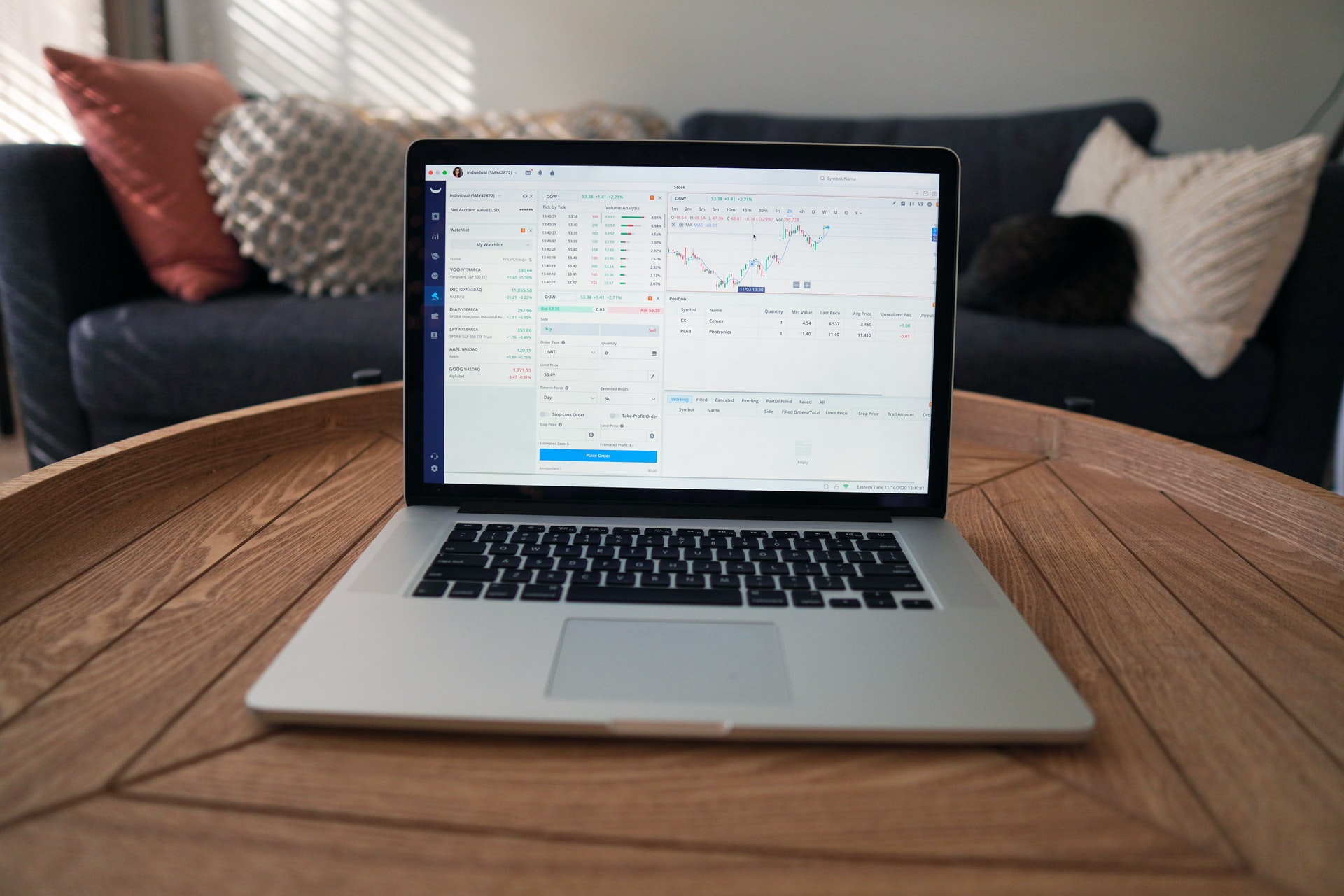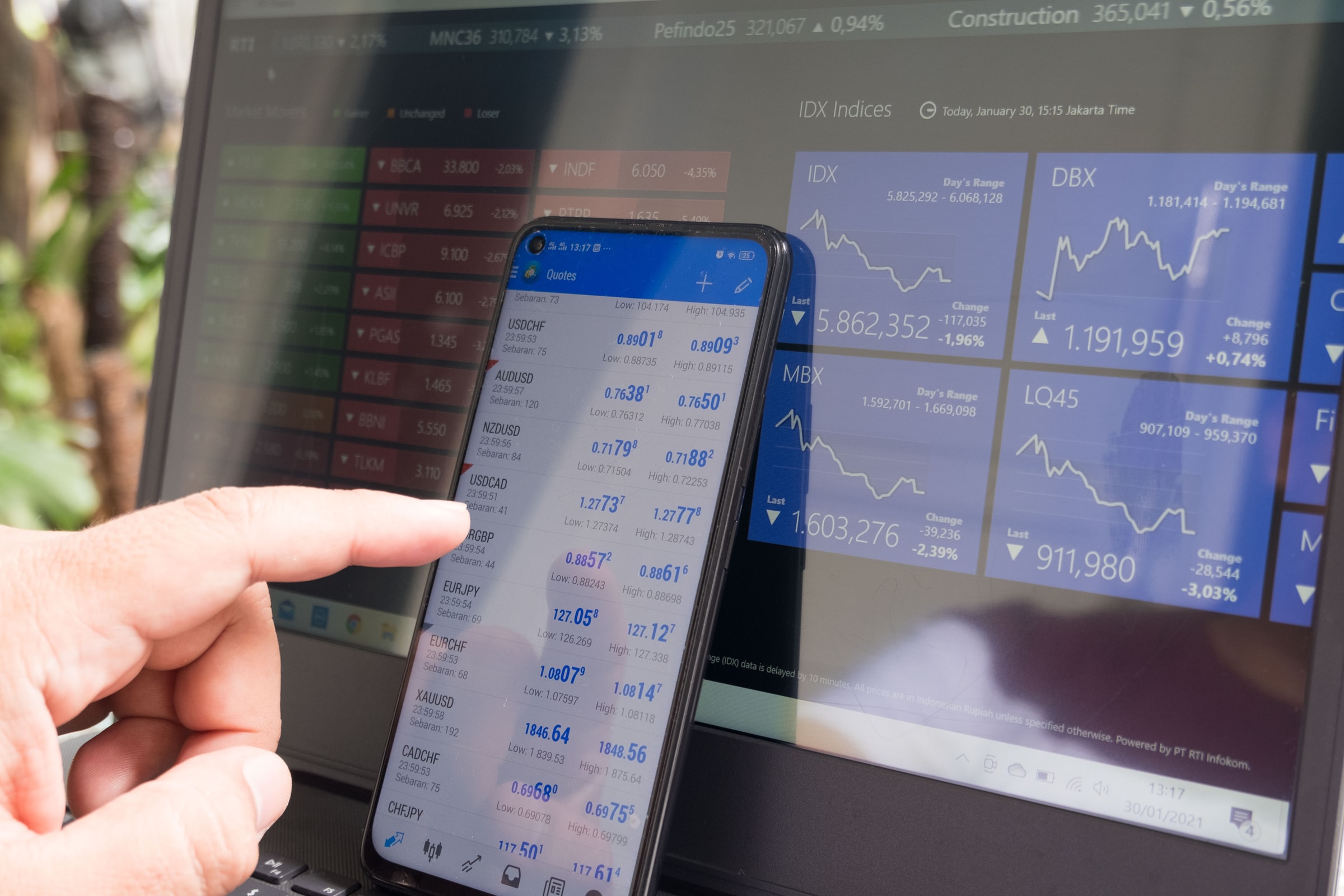What Does The Term “Finance” Mean?
Liabilities, assets, and funds are allocated over time, process, and mediums to get the most out of an activity in the field of financial instruments.
As a result of taking risks and uncertainties, managing or multiplying money is the best benefit.
There Are Three Main Areas Of Finance:
- A company’s financial health
- Finances of the individual
- Finances for the public good.
What Does The Term “Corporate Finance” Actually Mean?
Corporate finance is concerned with the paying of corporate expenses and the development of the organization’s financial structure.

Corporate finance is concerned with balancing risk and opportunity while also improving the value of a company’s assets.
It deals with the source of finances and the channelization of those funds, such as the allocation of cash for resources and the improvement of the financial position to increase the value of the company.
Corporate Finance Consists Of The Following:
Spending Plans For The Future:
Identification of financial resources such as equity, shareholders’ funds, loans, and the finances of creditors. Using conventional methods of business valuation or valuing real options is ideal.
Determining the future investment, operational use, or payout to shareholders of unappropriated profits. Setting realistic goals and taking advantage of available chances is a big deal.
Acquisition of shares or other assets and investing in them is the process of issuing stock while the company is going public or being listed on the stock market. Managing risks and paying taxes are important considerations.
Personal finance is a broad term. Management of personal finances involves assisting an individual in saving for and investing their money in order to reach their financial goals.
A person’s personal finances include education investments, assets like real estate and cars, life insurance plans, health and other insurance, and the ability to save money and manage expenses. Personal finance is tailored to the needs of the individual, and the techniques employed depend on these factors.

Personal Finances Incorporates The Following Topics:
Defend yourself from unforeseeable and uncontrollable life occurrences.
- The management of taxes as well as adherence to tax laws
- A family’s financial resources are passed down over the years
- Investing and accumulating wealth are the primary objectives.
- Getting ready for the end of the working life
- To meet financial responsibilities, such as a loan payment
- Preparing for large-scale, long-term expenditures or purchases.
What Is Public Finance, And How Does It Differ From Private Financial Instruments?
This form of funding is geared toward local governments, such as states, provinces, and municipalities.
Long-term investment decisions involving public enterprises are included. Taxes, borrowing from banks, and insurance companies provide the majority of the funding. Economic stability, income distribution, and resource allocation are all considered in public finance.
The field of public finance involves a wide range of activities. Figuring out the budgeting procedure and funding sources.
Identifying The Public Entity’s Expenditure Requirements:
- Administration of taxation
- The public entity’s sources of funding
- Issuance of public-project debt obligations
- Trade finance and microfinance are both well-known concepts in the finance world.
The Term “Trade Finance” Means What?
Financial services and tools used to enable and assist international trade are included in trade finance.
Reduce the risk of global trade by balancing the contrasting demands of an exporter and an importer with trade finance.
Importers and exporters can use trade finance to make international transactions go more smoothly by lowering the global trade risk.

There are many dangers involved in international trade, including variations in the exchange rate, nonpayment by one side, political instability, and the creditworthiness of the other party. Using trade finance, the risk of supply and payment removes because a third party handles the transaction.
As the buyer’s bank guarantees payment, it allows the company to obtain a cash payment based on accounts receivable.
Exporters receive payment according to the arrangement in trade finance, while importers can take advantage of a credit facility to complete the trade order.
The benefits of trade financing go beyond protecting against risk, non-payment, and non-receipt of commodities. As a result, the payment received on time, and the shipment delivered as promised.
Trade financing players:
- Importers
- banks
- insurers
- credit agencies
- exporters
- trade finance businesses
Microfinance: What Is It?
Microcredit is another name for microfinance. People who don’t have easy access to other kinds of financial aid can benefit from this type of funding.
The primary goal of providing microfinance is to enable those who need it to become financially independent. This group involves unemployed people and people from lower socioeconomic backgrounds.
After pooling borrowers, lenders are more likely to provide loans, thus increasing the likelihood of repayment. Additional services that banks may offer include microinsurance savings accounts and training.
The Following Are Examples Of Microfinance:
- A finance institution’s verifying and investments accounts
- Training on basic financial management
- Programs that teach the basics of investing
- Instruction on financial words and ideas such as interest rate, cash flow, spending plan, and debt.
- Accountancy and bookkeeping courses include cash flow management and profit and loss statements, among other subjects.
What Do Financial Instruments Mean?
Financial instruments used for a variety of different purposes, including making investments and disbursing money. Financial instruments requires by an individual or corporation in order to take advantage of financial services. This type of contract involves the exchange of money between two parties.
What Are The Many Types Of Cash Instruments Available?
It’s important to remember that cash instruments are easily transferable among parties. Market dynamics determine the value of Cash Instruments.
Investing in the form of stocks, bonds, mortgage-backed securities, or deposits. Repurchase agreements, such as the Repos, certificates of deposits, interbank loans, bills of exchange, commercial papers, e-securities, and many more are examples of cash instruments accessible on the market.

Derivative Instruments are what they sound like. An asset, an index, or any other element that can have an impact on the value of derivatives is used to calculate the value of Derivative Instruments.
You can buy and sell a wide range of derivative instruments in the market today. Either debt or equity uses the basis for a financial instrument.
Asset classes use to further categorize financial products. Treasuries bills, interest rate swaps, and forward rate agreements are among the debt-based financial instruments available.
A debt-based instrument is one in which the issuing party borrows money from investors in the form of loans. The ownership of a company reflects through debt-based instruments based on the amount of debt an investor owns.

